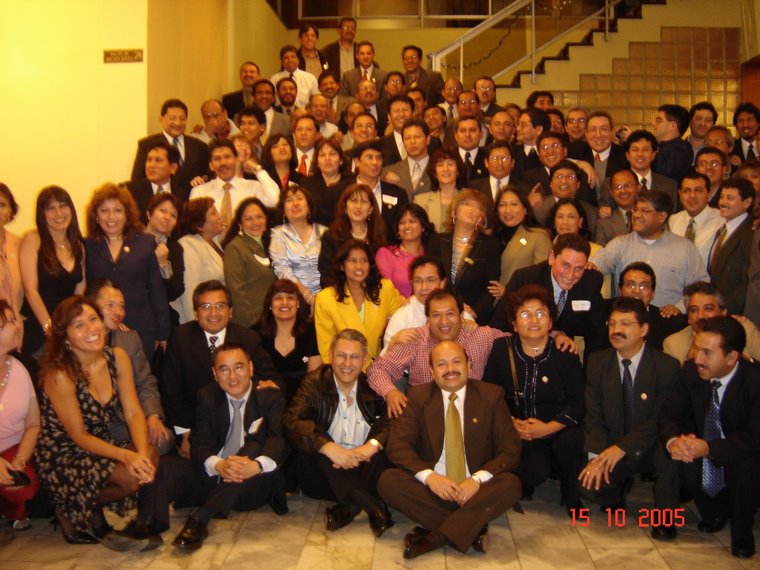El propósito de Google Glass sería mostrar información disponible para los usuarios de smartphone sin utilizar las manos, permitiendo también el acceso a Internet mediante comandos de voz. El sistema operativo será Android.
Google busca miles de voluntarios “creativos y atrevidos” para probar su invento revolucionario. Pero para formar parte de este grupo hay que residir en EEUU y desembolsar 1500 dolares en la compra del prototipo.
On Wednesday, Google began accepting applications to choose a small group of people to buy an early version of the glasses, called Google Glass. It hopes to sell Glass to the broader public this year, according to two people briefed on the plans.
The frames do not have lenses, though Google is experimenting with adding sunglass or prescription lenses in some versions. They have a tiny screen that appears much bigger from the wearer’s perspective than it does on the frame. Glass wearers can take pictures or record video without using their hands, send the images to friends or post them online, see walking directions, search the Web by voice command and view language translations.
The glasses reach the Internet through Wi-Fi or Bluetooth, which connects to the wireless service on a user’s cellphone. The glasses respond when a user speaks, touches the frame or moves the head.
For Google, the glasses are a major step toward its dream of what is known as ubiquitous computing — the idea that computers and the Internet will be accessible anywhere and we can ask them to do things without lifting a finger.
The glasses will eventually incorporate several Google products, which could become more useful when they are in front of a user’s eyes rather than on a phone or a computer screen.
For instance, the latest version of the glasses can provide walking and hiking directions from Google Maps, alerts from Google Now about a coming meeting or a traffic jam, and video chats from Google Hangouts.
Google’s design team has made Glass’s look and comfort a priority, according to a person briefed on the company’s design process. Designers first made it in black, thinking it would flatter everyone, but they added colors because black frames can look heavy on a fair person. The glasses, which 18 months ago weighed eight pounds, are now lighter than a typical pair of sunglasses. Engineers have worked to shrink the components so wearers look less like cyborgs.
Google says it is looking for “bold, creative individuals” who want to try the glasses. People who want to apply have until Wednesday to write a post on Google Plus or Twitter telling what they would do with the glasses. Posts must be 50 words or fewer and contain the hashtag #ifihadglass. Those chosen by Google’s judges must pay $1,500 for the glasses and attend an event to pick up the glasses in New York, San Francisco or Los Angeles.
http://youtu.be/WsmnmdibHFo













No hay comentarios.:
Publicar un comentario